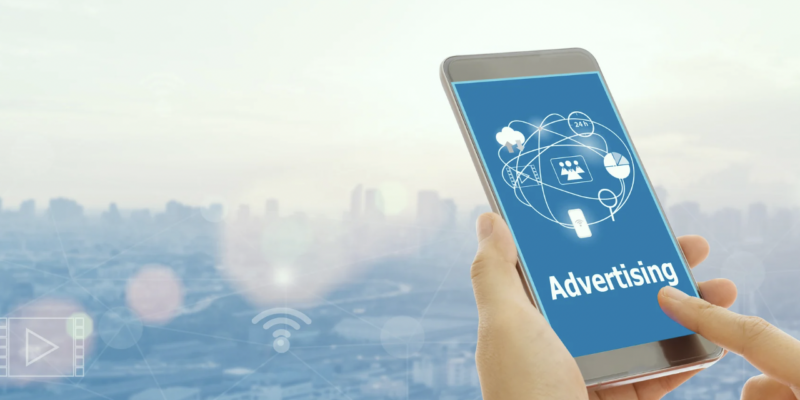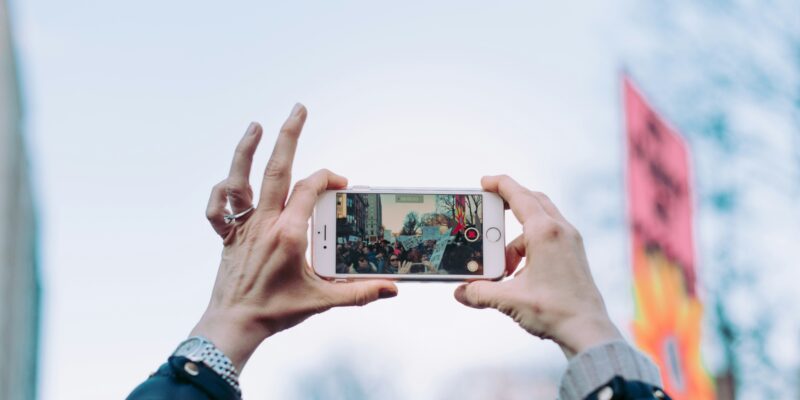
What We Learned at Netroots Nation’s 2017 Conference
Last week, 2,500 progressive activists, organizers, and communicators descended upon Atlanta for the annual Netroots Nation conference, a gathering to learn from each other and plan future campaigns.
ReThink Media was thrilled to present three sessions to the conference-goers:
- The Progressive Response To (Predictable) Emergencies: National Security Crises And Domestic Crackdowns In The Time Of Trump
- The Language Of Resistance: Messaging And Content Creation To Combat Islamophobia
- How To Turn A Social Media Moment Into A Traditional Media News Story (And Get Funding For It!).
- The Language Of Resistance: Messaging And Content Creation To Combat Islamophobia
But in addition to the sessions ReThink led, we also learned a ton from our fellow conference attendees.
Here are some of our highlights:
Dorry Levine, Digital Director:
My favorite two sessions were “How to Create Political Ads That Don’t Look Like Political Ads,” organized by Bully Pulpit Interactive and Next Gen America, and “Facebook Ads: Strategies for Success,” organized by two Facebook employees.
Here were some of my takeaways:
- Always think about your audience first. Who are you trying to reach? What platforms do they spend their time on? What content do they consume? Create content that resonates with them, rather than try to force your regular brand standards on them. It won’t come off as authentic. My favorite example they shared was an ad targeting millennials on college campuses, and the team strategically placed ads on Tinder – not a platform you’d expect for a political ad!
- Hire people who look like the audience you’re trying to reach. Not only is this great for diversifying your team and bringing in much-needed perspective, they will be able to give you feedback about whether your ads are as effective as you think they are. Important: Make sure you’re soliciting their input and ideas, as well. Creating a “Yes, and” culture will make your team much more excited to share innovative ideas.
- Facebook is constantly changing its “best practices” for content and ads. The latest feedback they provided were that the platform is moving away from horizontal videos (square and vertical videos look better on mobile devices) and that videos under 15 seconds are the most effective. To go longer than that, your video needs to tell a compelling story.
Zainab Chaudary, Senior Media Associate, Security and Rights Collaborative:
- Winning the creative majority: YouTube’s political team & Google’s policy team spoke about best practices for YouTube. Considering the recent study that shows that conservatives are winning audiences (and making money) on YouTube, best practices included keeping the “mobile first” culture in mind when creating an ad; stories that trigger empathy are most successful in keeping audiences engaged; ads that prioritized “pure fun” and lifestyle over branding or quirkiness won audiences best; and ads that are created with intent to build communities can create long-term, sustainable YouTube movement. Check out YouTube’s “Unskippable Labs” for more on how to use YouTube to your advantage.
- The resistance is teaming up with technologists: Sessions at Netroots this year focused heavily on how the tech sector can team up with the resistance. Websites and apps like Daily Action, Indivisible, Meetup, Quorum, and others have streamlined scheduling protests; allowed activists to easily contact legislators; and created legislative tracking of problematic bills and amendments across the federal, state, and local level. More and more, activists and organizers are learning to use these tools to their advantage.
- Asian American Pacific Islander (AAPI) Caucus: AAPI community members at Netroots got together to speak about the issues they see in their communities and how to build intersectionality with audiences in their own communities (i.e. parents and elders) in a constructive, compassionate, and thoughtful way. The key takeaway? While some of the work can be done through digital medium (like the great letter project geared for Asian American parents, “Letter for Black Lives”), the conversations need to happen in person and are often more of a journey, with the one conversation building into another building into another. Just as with all the other work, your audience matters: Parents and elders in the AAPI community come at issues from their experiences and their perspectives, not yours. In getting them to understand various intersectional struggles across the country, education through compassionate conversation that builds upon their experiences and links it to the experiences of others is key.
Guthrie Graves-Fitzsimmons, Media Associate, Security and Rights Collaborative:
- What’s “love” to do with it? Everything. The first panel I attended at my first-ever Netroots was on the subject of “love” as a driving force in progressive politics. The veteran organizers on the panel each spoke about how love is the most fundamental ethic to their work. Love for others underpins all of our work at ReThink Media: whether it’s human rights, peace with security or defending our democracy. The issue with the love ethic in progressive circles though is that it often seems weak or unwoke. The panelists discussed how activists tend to compete for who is the most sad, the most angry about the state of the world or has the most critical take on a subject. Love gets pushed aside. The panelists advocated for a stronger approach to talking about “love with power.” That’s a concept that isn’t weak or easily pushed aside, but makes a profound difference in how we approach progressive change. Love for the issues we work on and the people we advocate alongside also sustains us and prevents burnout.
- Authentic digital design: Another panel with prominent progressive designers discussed the landscape of digital design post-election. What made the “Make America Great Again” hats so effective and the Hillary “H” logo less effective? The panelists shared how digital design reflects the personality, messaging and authenticity of the candidate/organization/campaign. Trump’s hat echoed his campaign message and style perfectly. MAGA is a simple message communicated in a crude fashion. Meanwhile, the Hillary “H” logo communicated that the candidate had a hired a team of campaign professionals to workshop the “perfect” logo that could mean a thousand different things. One panelist, who served on the Clinton campaign, said the amount of approvals staff had to go through with the logo cut out any creativity or authenticity. Everything was workshopped to death. The key question for digital design I took away was: What message and feeling are you trying to communicate? Then work backwards to try to implement that through design. The panelists all agreed that to accomplish this, designers should be brought into the creative process early when messaging is being formulated.
- The “Religious Left”: Netroots held its first ever gathering for religious attendees to strategize and make connections. I was stunned to see over 30 people attend from Muslim, Jewish, Christian, and other backgrounds. We had a lively discussion about defeating Trump’s anti-Muslim bigotry, victories for the “Religious Left” since the election, and how to promote a vision of progressive politics that makes room for religious folks. Many attendees shared that they feel pressure from both the “secular left” and “religious right.” I hope that progressives of all faiths and no faith can learn from and be open to progressive people of faith within the broader tent of “the Left.” Just as I was leaving Netroots, Sen. Chris Coons made a similar point in the Atlantic.
Did you attend Netroots Nation this year? What were your biggest takeaways? Tweet to us @rethink_media and let us know!



